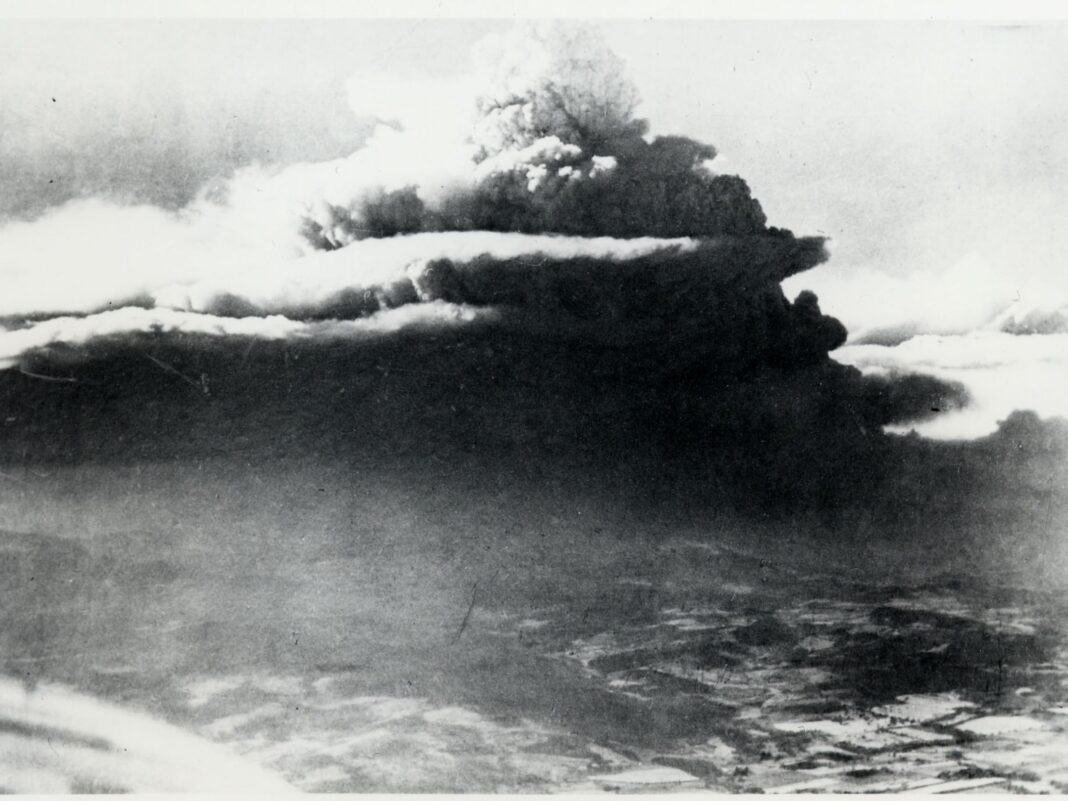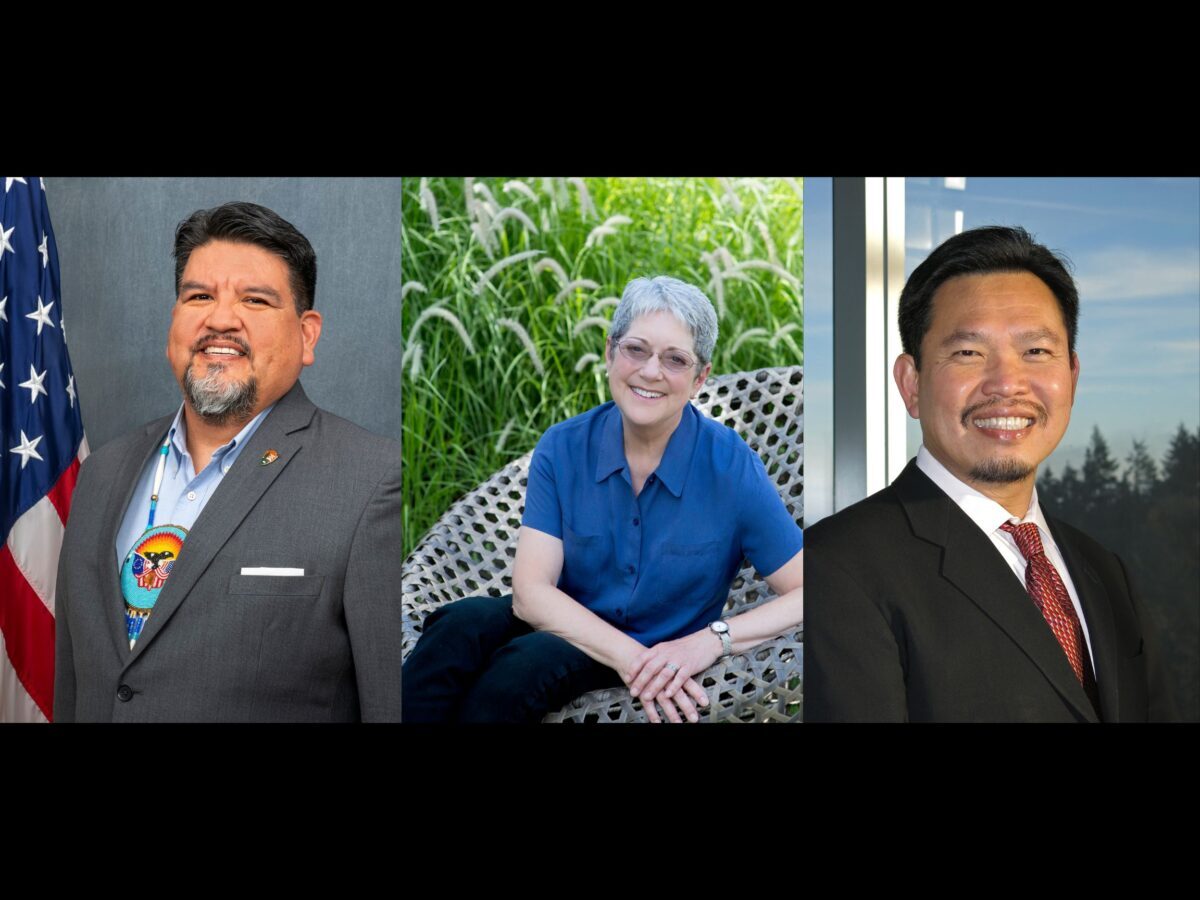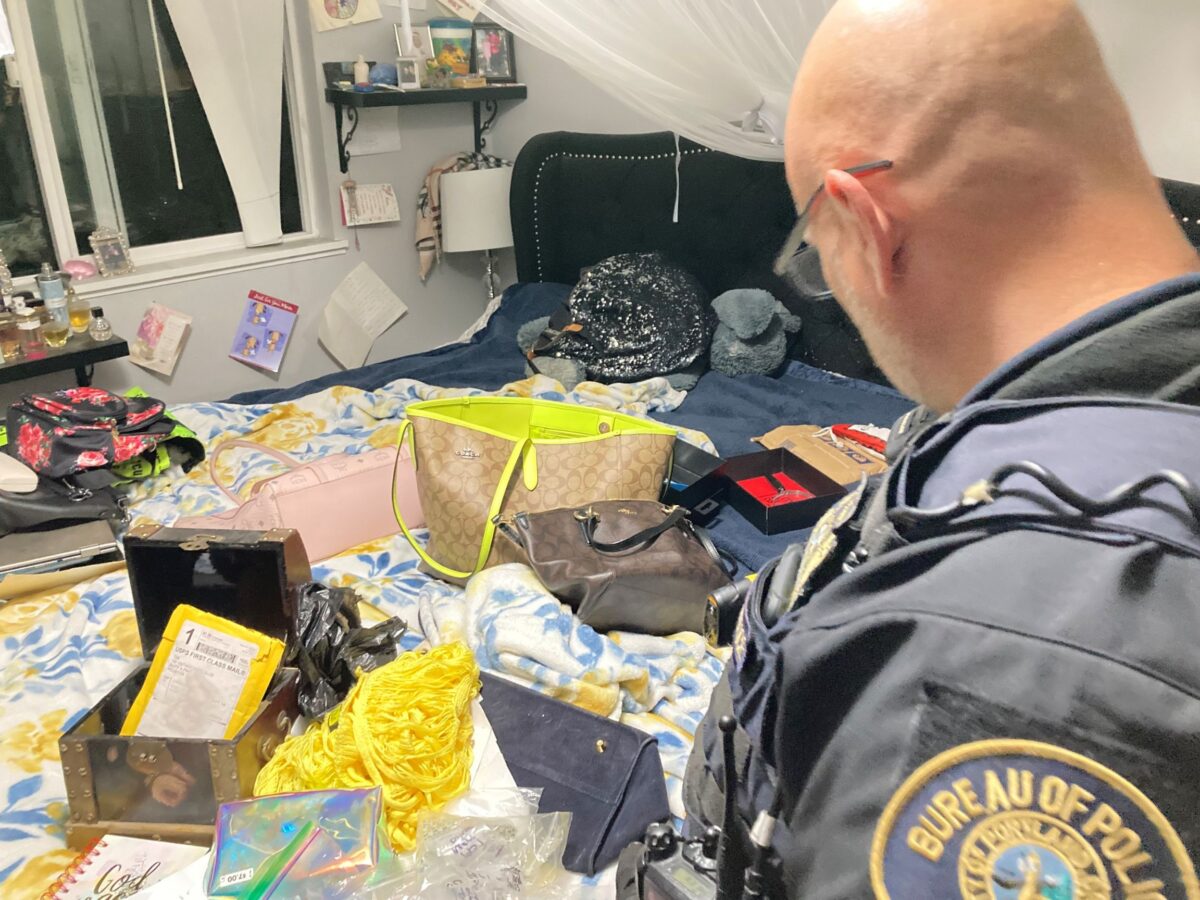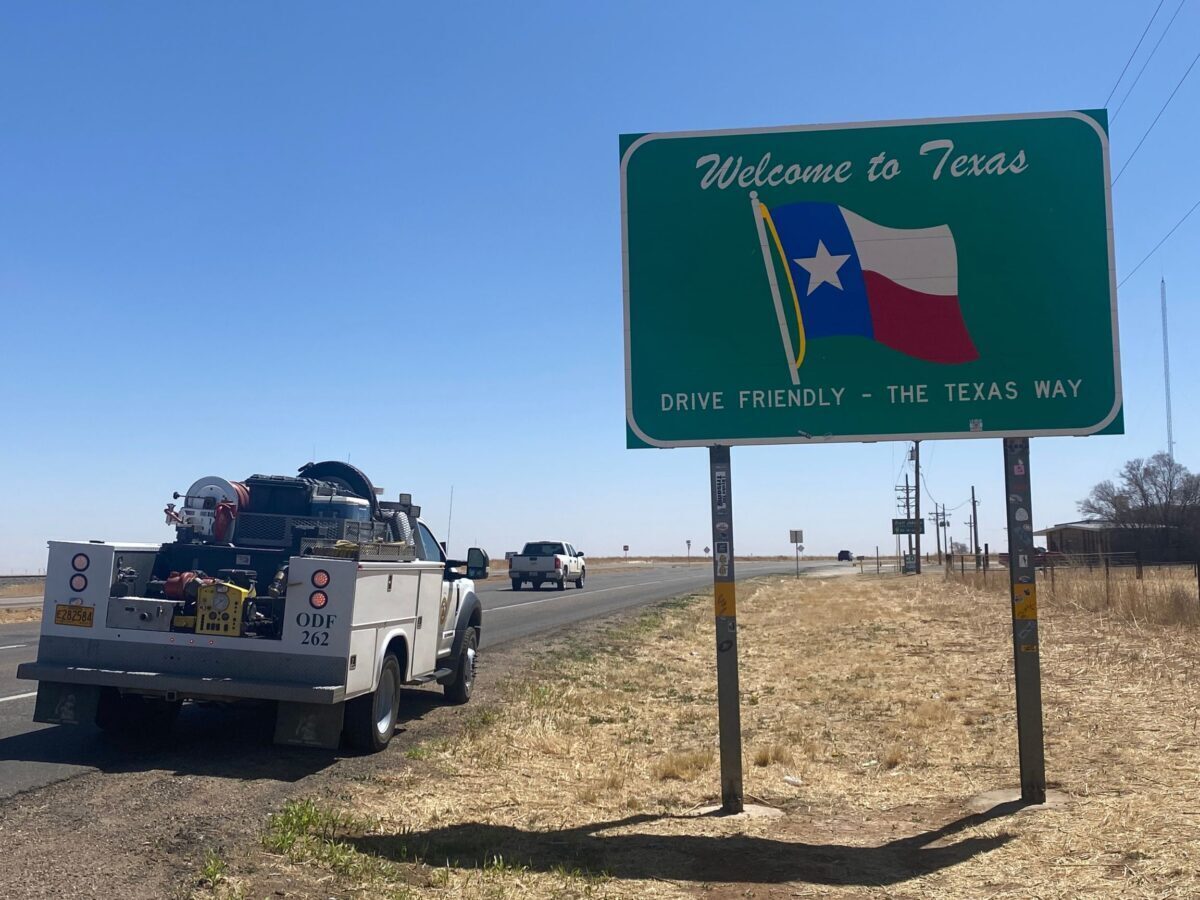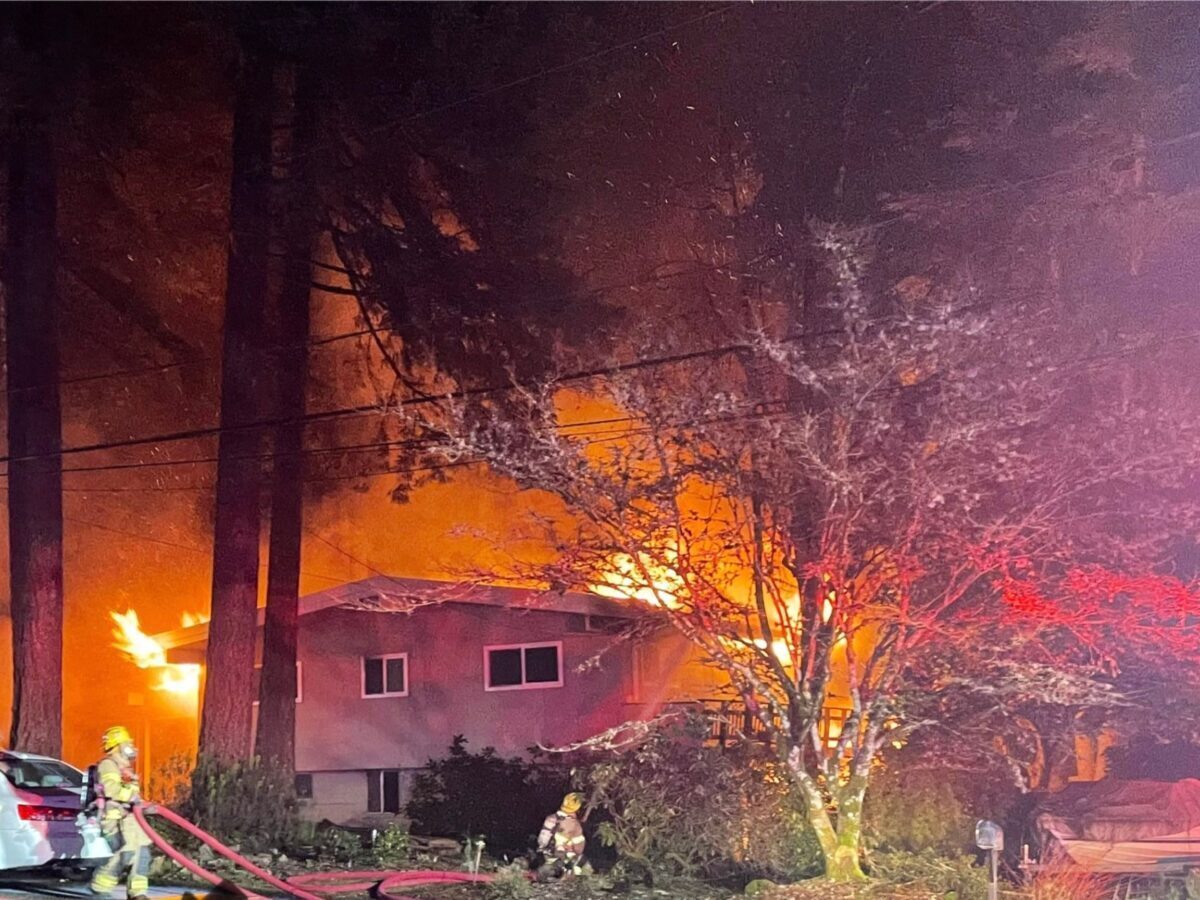On Aug. 24, 1933, the skies west of Portland were darkened by an enormous smoke column more than 40,000 feet high as a fire that had started in the headwaters of Gales Creek grew into what would become known as the Tillamook Burn. The initial fire that had grown to 40,230 acres over 10 days, suddenly grew an additional 268,800 acres in only 20 hours. Fueled by low humidity and gale force east winds, this rapid expansion became known as “blow up day.”
This devastating event, along with three subsequent fires spaced six years apart, helped raise awareness of wildfire dangers and led to a massive forest restoration effort by many groups of Oregonians, who planted more than 72 million seedlings. Over the following decades, more than a billion seeds were dispersed by helicopters too.
Finally in 1973, both the Tillamook and Clatsop State Forests were dedicated by Governor Tom McCall.
Today the Oregon Department of Forestry (ODF) manages 760,000 acres of state forestlands and provides forest fire protection and suppression on state forestlands and much of Oregon’s private forestland.
“Our goal is to find fires as early as possible and put them out quickly,” said Ron Graham, ODF’s Deputy Chief of Fire Operations. “This year our people and partners are doing an amazing job keeping large fires off the landscape. We always put safety first and so far this fire season, no members of the public have lost their life because of wildfire. We’ve been successful in controlling fires near populated areas that had the potential to destroy many homes. We recognize the hardship some folks face who have lost their houses but there could have been a lot more lost if we didn’t react quickly and get on top of many fires that had the potential to devastate nearby communities.”
To date, ODF has detected and responded to 705 fires limiting the burned areas to 4,757 acres on ODF protected lands that include the state forests.
“We are doing well due to three main factors: our highly professional and dedicated people, close partnerships, and funding for critical firefighting assets and equipment,” said Graham. “Our people are amazing—they are doing dangerous, hard, but important work. They put in 16-hour days and may not see family and friends for weeks. They are truly the heroes of this effort. They are not the only heroes—our federal, state, local and private partners are in this fight with us, and strong relationships help us support each other efficiently, quickly, and effectively to attack these fires.”
The final piece to successful wildland firefighting is having the right tools and equipment.
“State legislators have supported us with absolutely critical firefighting aircraft through the Special Purpose Appropriation (SPA) funded aircraft program,” said Graham. “These aircraft allow ODF to contain fires until firefighters arrive on the ground to suppress the fire.”
Many Oregonians express their support and ask what they can do to support ODF’s and other agencies’ firefighters.
“The best thing they can do is follow all fire restrictions and help prevent wildfires from starting,” said Graham. “Of the 705 fires on ODF protected land, 611 were human caused. The other 94 were started by lightning. Amazingly, more than 86 percent of these fires can be prevented. We ask everyone to follow state and local fire restrictions, and more importantly just care enough about your neighbor and our valuable forests to do the right thing—do your part to prevent wildfires.”
For more information on fire prevention, fire information and Oregon State Forests visit the ODF website.


